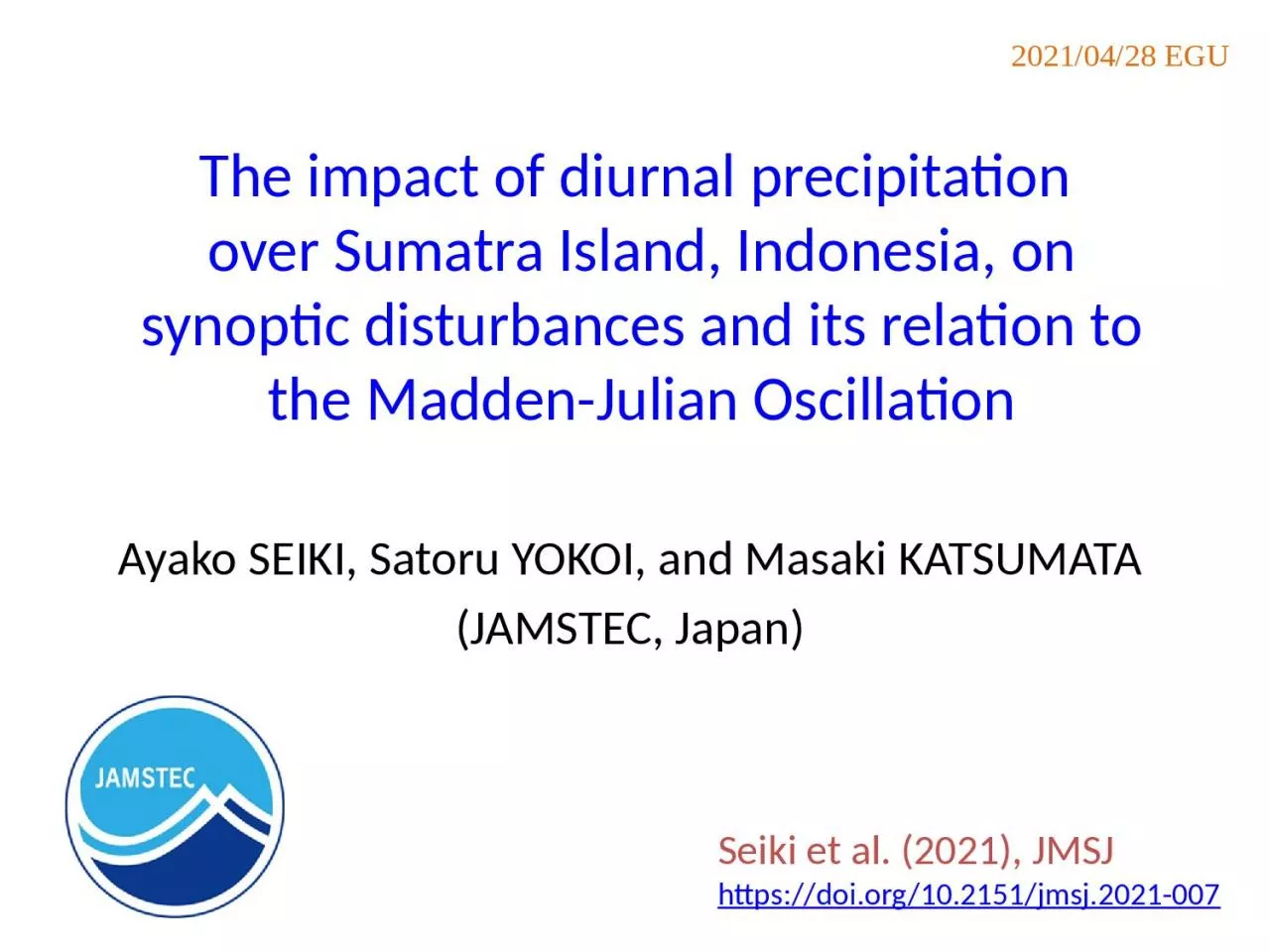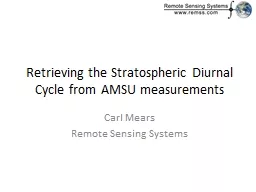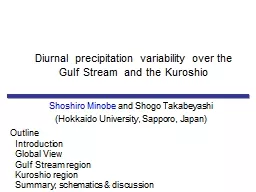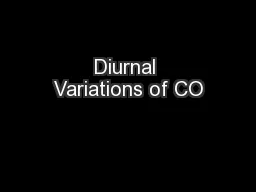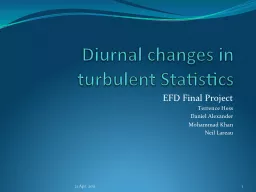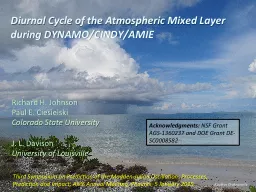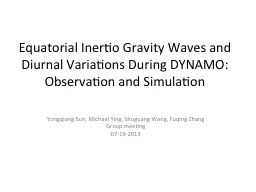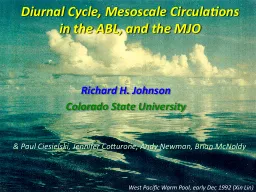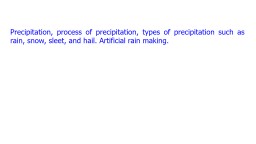PPT-The impact of diurnal precipitation
Author : DreamyDiva | Published Date : 2022-08-01
over Sumatra Island Indonesia on synoptic disturbances and its relation to the MaddenJulian Oscillation Ayako SEIKI Satoru YOKOI and Masaki KATSUMATA JAMSTEC Japan
Presentation Embed Code
Download Presentation
Download Presentation The PPT/PDF document "The impact of diurnal precipitation" is the property of its rightful owner. Permission is granted to download and print the materials on this website for personal, non-commercial use only, and to display it on your personal computer provided you do not modify the materials and that you retain all copyright notices contained in the materials. By downloading content from our website, you accept the terms of this agreement.
The impact of diurnal precipitation: Transcript
Download Rules Of Document
"The impact of diurnal precipitation"The content belongs to its owner. You may download and print it for personal use, without modification, and keep all copyright notices. By downloading, you agree to these terms.
Related Documents

